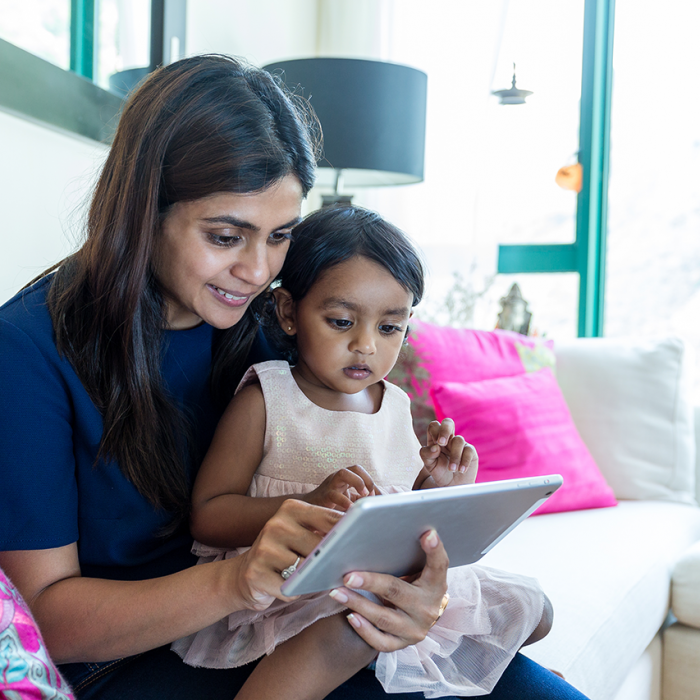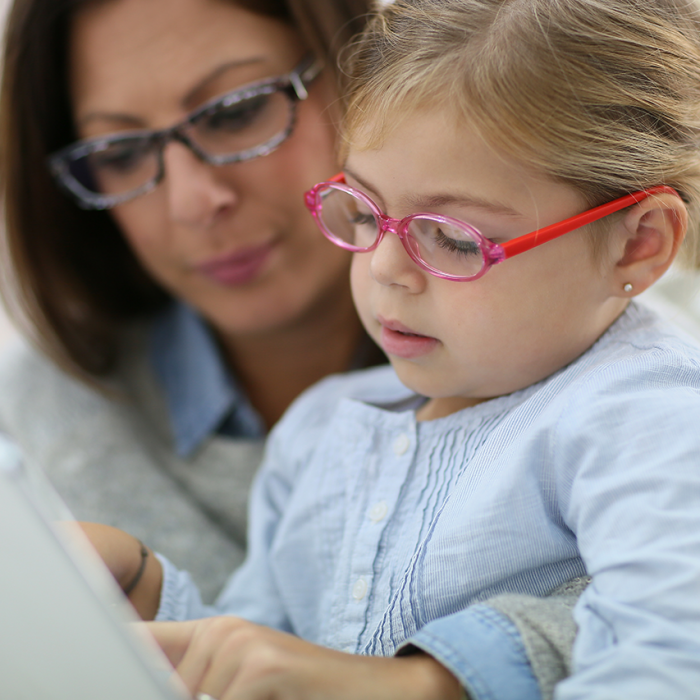Here’s what the ReadAskChat Method includes
Repeated Readings
Encourage children’s critical thinking and reflection
Open-ended Questioning
Encourages children to express their thoughts and creativity
Text-specific Prompts
Call for personal opinion and interpretation
A Focus on Science and Higher-Order Thinking
Cultivates close observation, wonder, respect for nature, questioning strategies, and knowledge attainment
Conversation Starters
Guide adults in sustaining conversation chains that boost everyone’s intellectual confidence
MORE! Activities
Support ongoing learning through hands-on activities and exploration, storytelling, playacting, and art projects
BABY
6-12 months
ADULTS MODEL
Here is the ladybug!
She’s sitting on a leaf.
Oh look! This bird is
waking up.
See, her eyes are starting
to open… YAWN!
TODDLER
9-36 months
CHILD AND ADULT NAME
Can you find the ladybug? What is she sitting on?
Let’s find the bird that’s just waking up.
Let’s make waking -up sounds: YAWN!
PREREADER
3-6 years
BACK-AND-FORTH CONVERSATIONS
Why does the ladybug want to skedaddle?
Do the birds see the ladybug? What makes you think that?
Pretend you’re the bird waking up. What do you do or say to the other birds?
RESEARCH SUPPORTING THE READ-ASK-CHAT METHOD™
80% of human brain development occurs during the first three years of life — before formal schooling begins.1
Parents have the greatest influence on their children’s long-term academic achievement during the first five years.2
Talking about stories grows children’s language, social- emotional core, and readiness for school success.3
When teachers encourage families to read and talk about books at home, children make substantial gains in early language and literacy skills.4
Reading aloud to children has benefits for behavior, attention, and language development.5
Back-and-forth conversation between adult and child accounts for significant growth in children's brain development and increases in language skills (e.g., vocabulary, grammar, and verbal reasoning), regardless of parental income or education.6
Social interactions between adults and young children enable children to develop language and thinking at higher levels than they could independently.7
Intensive early exposure to science concepts and knowledge before kindergarten can close science achievement gaps.8
High-quality 0–5 programs for educationally at-risk children can deliver a 13 percent per year return on investment.9






